
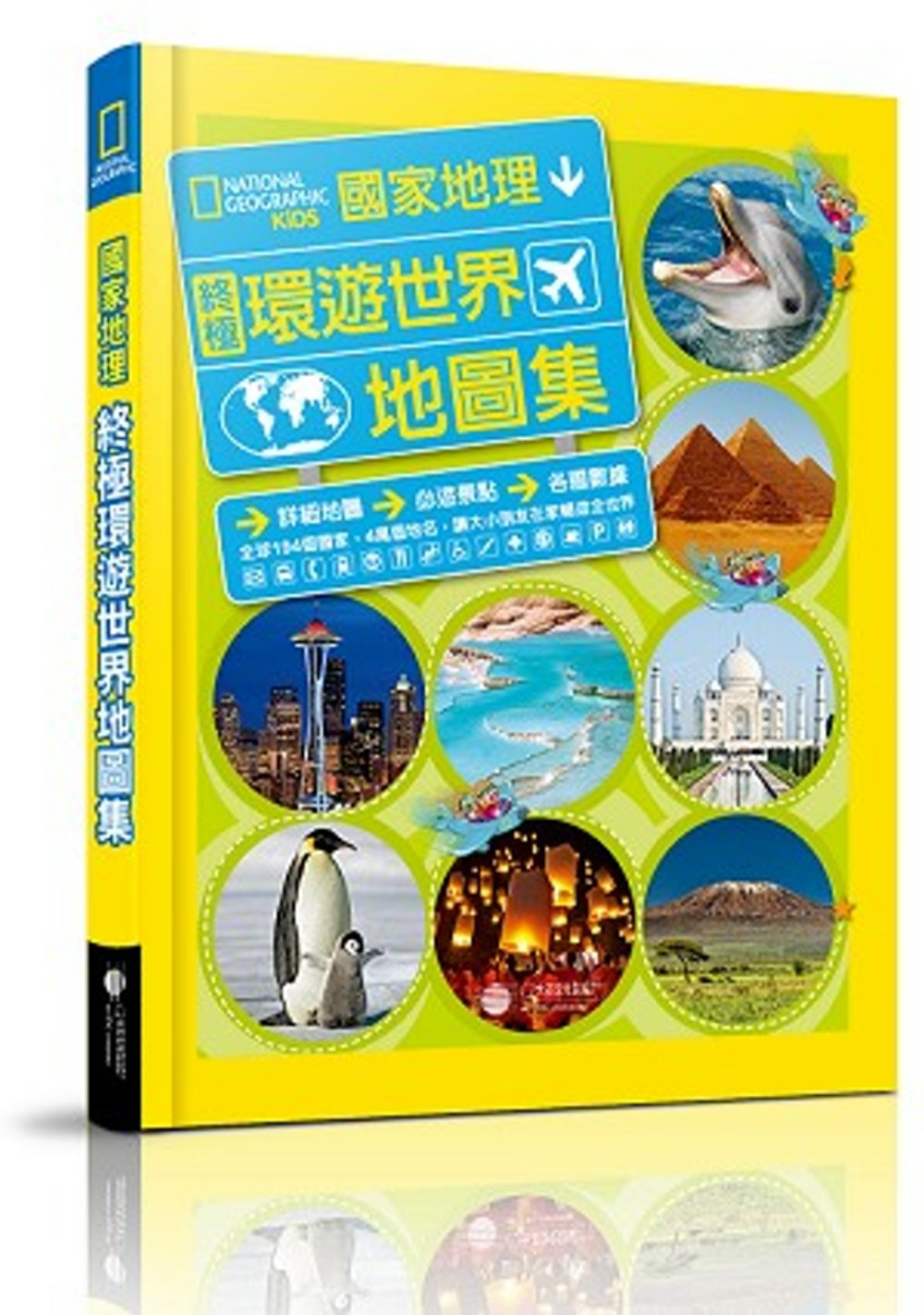

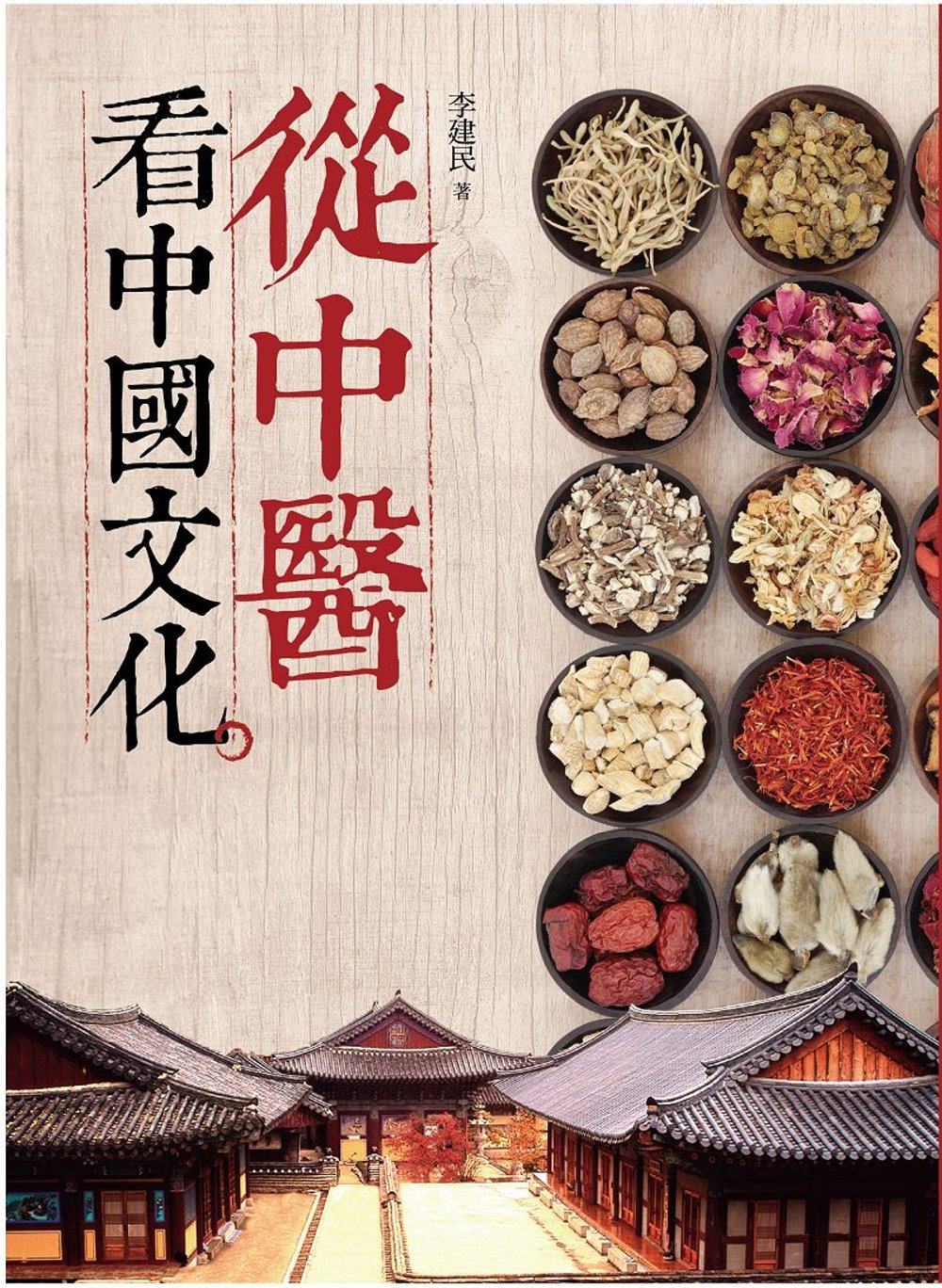
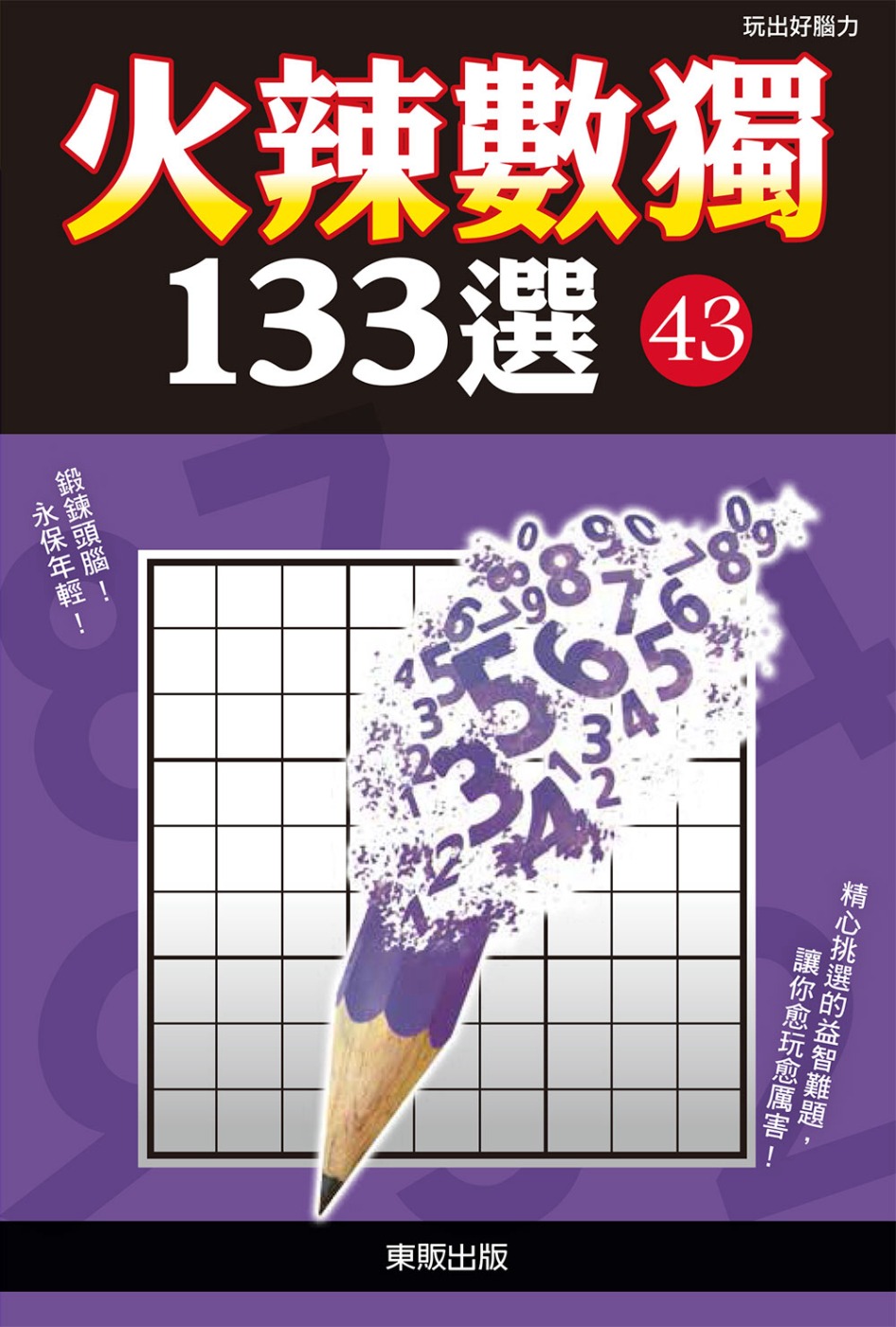

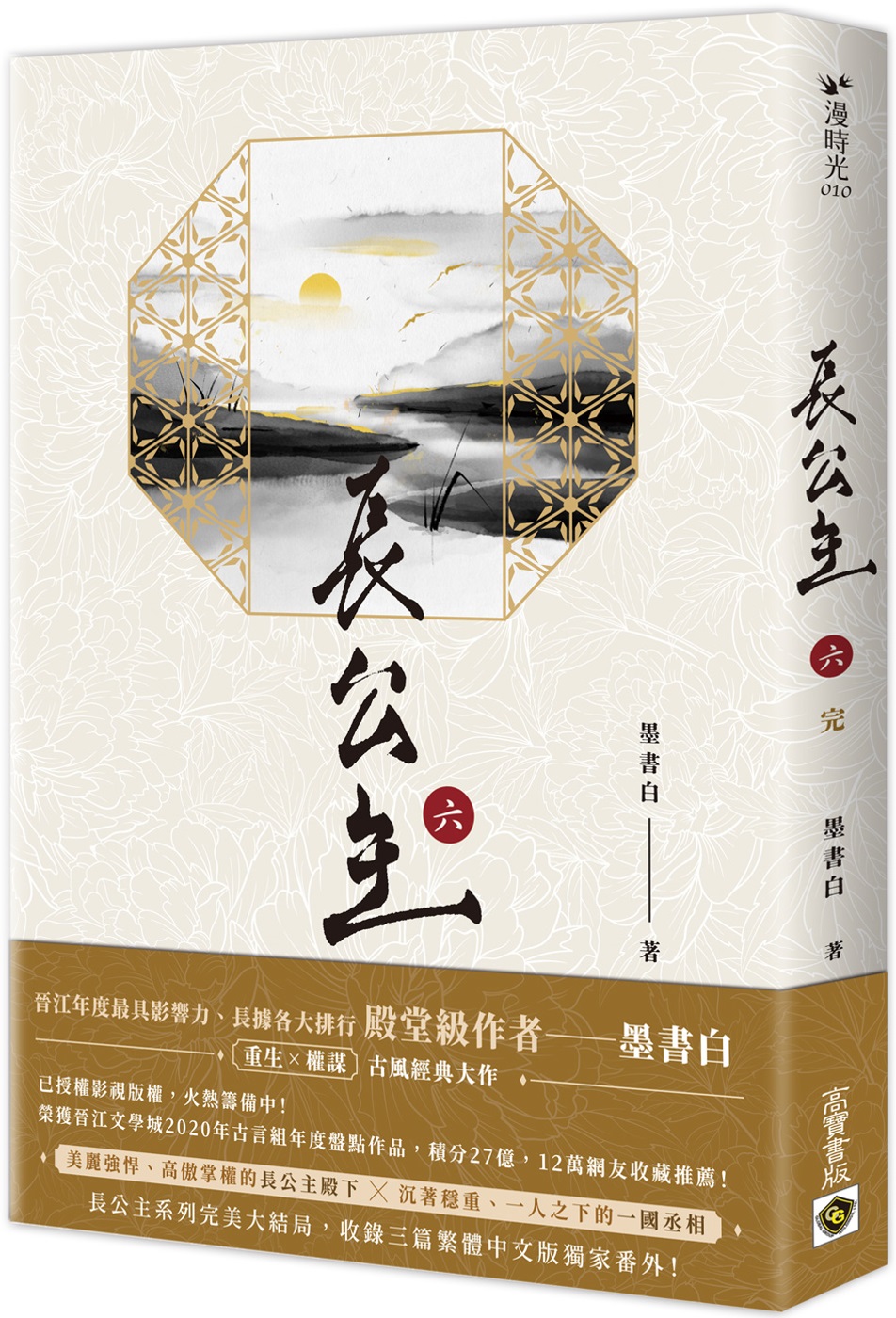

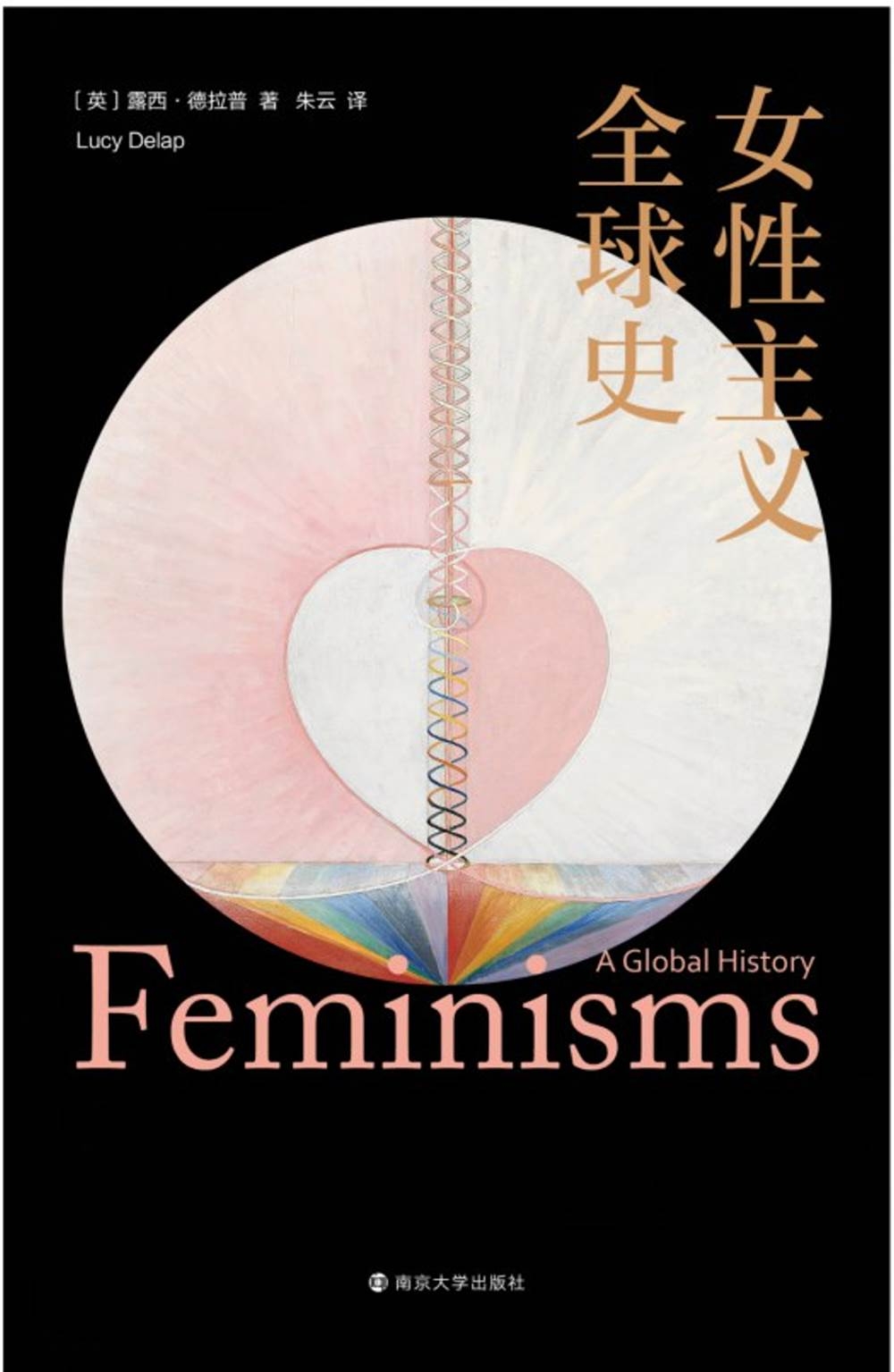

本書探討了飲食文化和技術之間的複雜關係,其中包括口味、品嚐和分銷等各種問題,因為它們從技術的物質和非物質方面出現並涉及到技術的物質和非物質方面。 這些辯證法對於我們理解食物品質、文化偏好、身份和界限、飲食文化的全球化以及我們創造和生活的所有感官景觀至關重要。
This book examines the complex relationship between food cultures and technologies, which encompasses the diverse issues of taste, tasting, and distribution as they emerge from and engage both material and non-material aspects of technology. These dialectics are crucial for our understanding of food qualities, cultural preferences, identities and boundaries, the globalization of food cultures, and above all the sensescapes we create and live in.
編者簡介
Shuenn-Der Yu
余舜德中央研究院民族學研究所研究員。 他取加州大學戴維斯分校人類學系博士學位。 研究主題涉及政治經濟學、消費和感官人類學,研究主要集中在台灣和西藏雲南。 主編《物與體體驗》(清華大學出版社,2008年)、《神體轉》(台大出版社,2015年)、《一起:社區服務與台灣原住民社會》(民族學研究所)等多部著作。 , 中央研究院, 中文 2018)。
Shuenn-Der Yu is Research Fellow at the Institute of Ethnology, Academia Sinica, Taiwan. He received his Ph.D. from the Department of Anthropology, University of California, Davis. His interests involve political economy, consumption, and the anthropology of senses, and his research has focused mostly on Taiwan and Tibetan Yunnan. He has edited a few book volumes including Objects and Bodily Experience (National Tsing Hua University Press, in Chinese 2008), The Shentigan Turn (National Taiwan University Press, in Chinese 2015) and Together: Community Service and Taiwan’s Indigenous Society (Institute of Ethnology, Academia Sinica, in Chinese 2018).
Preface................................................................................................... iii
Introduction: Food Cultures, Sense-Making and Technology.......................... vii
Shuenn-Der Yu
1. From Digital Cameras to Social Media: How Food Photo-Taking
Behavior Spread and Is Shared in Cyberspace............................................. 1
HINO Midori
2. Making “Good” Rice: Changing Norms of Rice Quality and Sensory
Evaluation in Twentieth-Century Taiwan................................................... 27
Yujen Chen
3. Making Taiwanese Tilapia: Categories of Embodied Experience,
Market, and Aquaculture Science............................................................ 47
Eric Siu-kei Cheng
4. The Coevolution of Taste and Technologies:
Cabbage in Taiwan’s Gastronomy........................................................... 77
Shuenn-Der Yu
5. Producing Modern Taste: Kikkoman and
Soy Sauce Brewing Technology............................................................ 103
Chienyuan Chen
6. Invention of Pan-China Cuisine in American Chinese Restaurants:
In the Era of Global Cold-War, 1950 to 1970..........................................119
David Y.H. Wu
7. Cooking at the Core: Regimes of Taste in the Formation of Cuisines..... 147
Allen Chun
8. The Globalization of New Technology: How Taiwan Came
to Embrace French Pastry.................................................................. 167
Chia-Ling Hsu
9. New Latitude Garage Wine: Taste Transition in Taiwan’s Local
Winemaking.................................................................................... 191
Fong-Ming Yang
10. “Old People Eat (S)nganphe” Rice or Barley:
A Question of Modernity?.................................................................. 215
DEBOOS Salomé
11. “The Taste of Life”: Eating and Discovering Taste
in the Gun Community in Porto-Novo (Benin)...................................... 235
PADONOU Assomption
12. Technology of Making Kinship and Gender Through Rice Gift
among the Hmub in Eastern Guizhou................................................. 265
Mei-Ling Chien
Index............................................................................................ 293